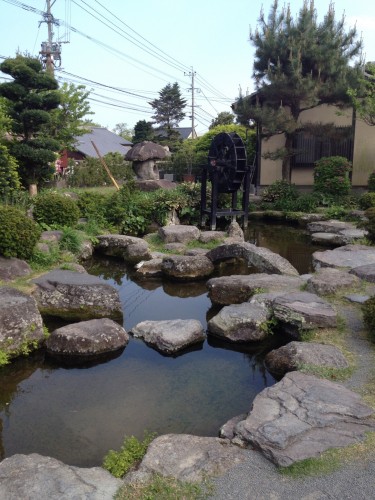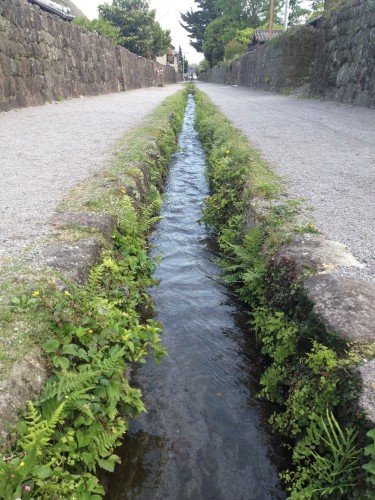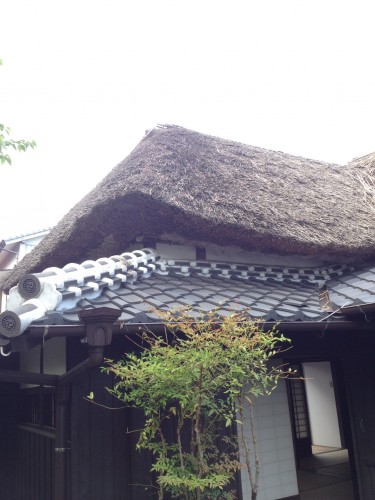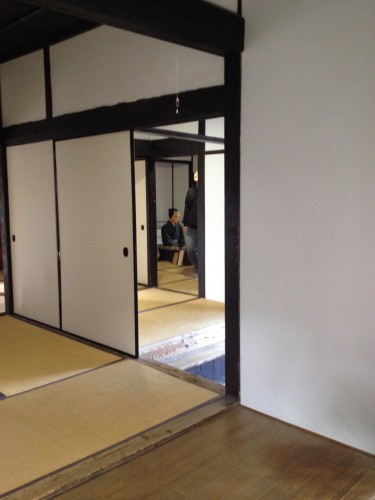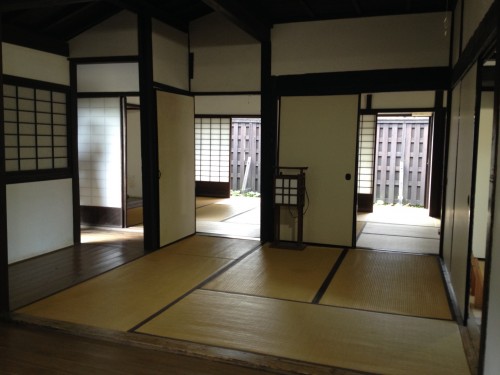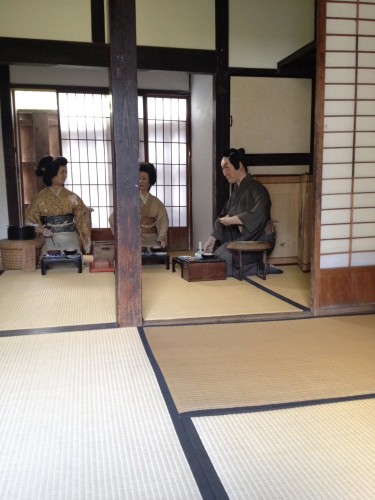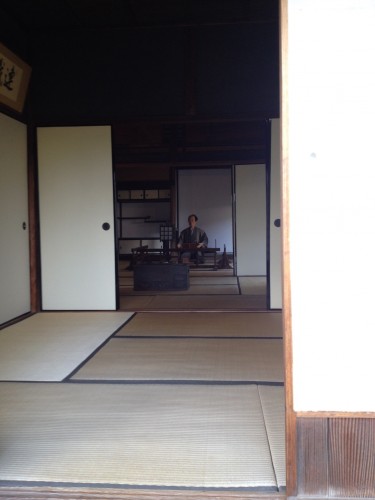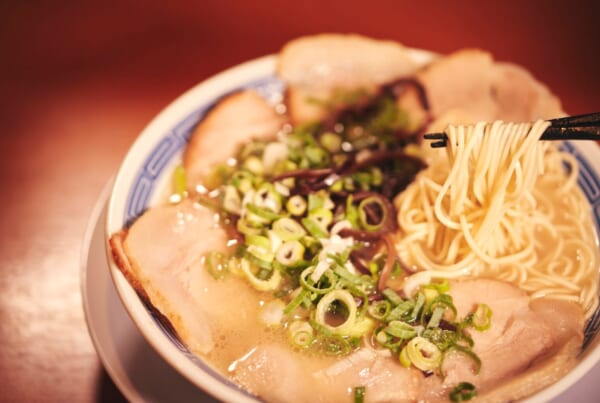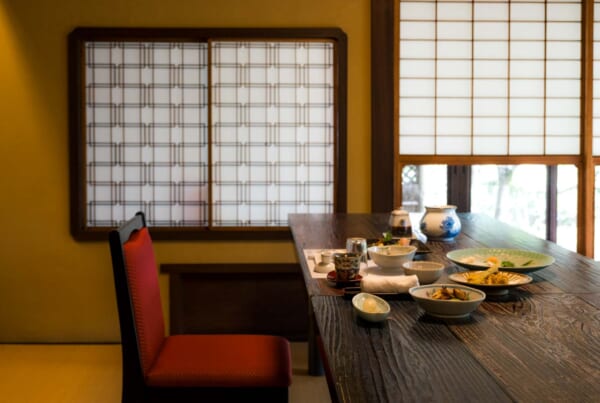Nagasaki’s Samurai Village
Shimabara town is overlooked by the sloping Mt. Inou. Row upon row of houses have retreated to its mountainside since times of class distinction. Significantly lower yes righteously disposed is the towering Shimabara castle. A short stroll to the samurai residence, the bukeyashiki of Shimabara, shows that those lower than the daimyo lord once lived higher than him.
Finding the Samurai Street Entrance
The samurai street’s entryway is hidden behind a hedge. To walk the lane, one first crosses the reception area. A koi pond with fish in their slow turn-pause slows the sudden visitor. You can buy a snack at small souvenir shop, or move to the samurai street free-of-charge.
History of Shimabara’s Samurai Village
This samurai district was built in 1600s, during the feudal era of Japan and concurrent to the castle’s founding. Noted for a stream running down the center of its lane, I expected it must recall medieval Europe’s refuse ridden streets. Rather than a dirty sluice ditch, I was treated to spring waters flowing clean. Lilliputian ferns prickled out from between the outline of volcanic rock to each side. The stream bed delineated the diverted spring flow.
Though originally the houses were separated by no more than shogi walls, the local lord decreed that walls be built to ensure privacy. These too are stacked ashlars built of local volcanic rock. The walls continue to ensure privacy for those who currently reside on the samurai street. Three plots of land are open for visitation, exhibiting the life of the times.
Shinozuka Samurai House
The first house, Shinozuka house, is entered to the plot’s rear. Trees limn the wall in back, a natural barrier. Fruit grows fresh in this neighborhood as encouraged by the local lords, and though I saw none tipping the branches, I imagined a plump drooping in Kyushu’s impressive rains. No fructiferous dress, they weightlessly pointed up to another local sight: topping the building was a thick thatch roof. Affixed to the back was an old ofuro (Japanese bath) room, a shed huddled under the eaves. This was the only room of the three houses where entry is prohibited. In samurai hospitality, other rooms are open invitation. It’s a little mystifying to look in on a shogi maze to mannequins modeled after long ago residents.
Torita Samurai House
Each house, whether samurai exhibit or current inhabitation, is hidden behind bush and stone barrier with non-distinctive entryways. We missed another pristine white-walled one, in exchange for the homey hearth of another. This second samurai house, Torita house, opened clearly to a dirt plaza. Ground not manicured green, the wood seemed heartier and accommodation more akin to a lodge. Conversation even accompanied us, as fellow friendly visitors exchanged words. Though wayfarers of samurai times would be most comfortable stopping here, it was indeed a private residence. An old style ofuro, reminiscent of a large cooking pot, rested in a sleepy dark niche of the house.
Yamamoto Samurai House
The last samurai house, Yamamoto house, seemed most secretive of all – on the corner of the samurai street though it was. Slightly stilted, it had an engawa (old style veranda) as broad as the close-cropped flower bushes could allow. If not caught in the floral cordon, it would afford a view of Shimabara castle on its proud plot. Samurai of dignified class sat at the (low table) once more, dining past their dusk.
As early evening fell, we came out to rest at the kiosk area. Children from the nearby school filtered through, passing by the samurai houses. Some had been shooting volleyballs, hitting friends with the mark of Teppo-cho’s feudal gunmen.
Shimabara Bukeyashiki Samurai District Access:
From JR Nagasaki station, take the JR Nagasaki line to Isahaya station. This takes 15 minutes and 1000 yen by limited express, or alternatively 460 yen and 30 minutes by local train.
Change railways at Isahaya station to the the Shimabara railway, and disembark at Shimabara Station. This takes 70 minutes and 1430 Yen.
From JR Shimabara station, walk west 10 minutes.
[cft format=0]



